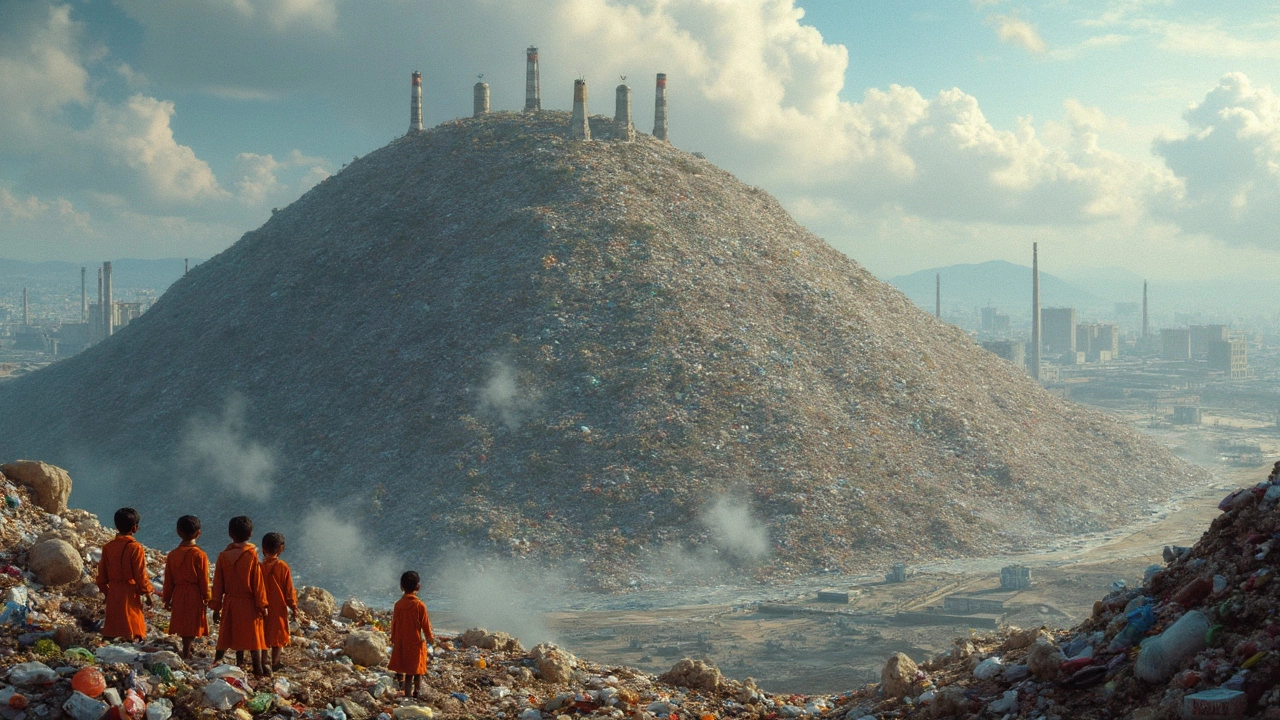Environmental Impact in Manufacturing and Industry
When talking about environmental impact, the effect that human activities have on natural systems, including air, water, soil, and climate. Also known as eco‑impact, it shapes policy, drives innovation, and determines the long‑term health of ecosystems, we see a clear link to the manufacturing sector. This link becomes even more evident when we consider plastic pollution, the buildup of discarded plastic in oceans and on land that harms wildlife and contaminates food chains. At the same time, sustainable manufacturing, production methods that aim to cut resource use, lower emissions, and recycle materials offers a direct way to curb that impact. Finally, industrial waste, by‑products and residues generated during production that often end up in landfills or waterways ties all these issues together, creating a complex challenge for businesses and regulators alike.
Key Themes in Environmental Impact
Environmental impact encompasses waste generation, energy consumption, and emissions—a trio that defines a factory's ecological footprint. The manufacturing sector alone accounts for a sizable share of global carbon dioxide releases, making the carbon footprint a critical metric. Companies that adopt sustainable manufacturing practices often see that carbon footprint shrink by as much as 30 % within a few years, thanks to energy‑efficient machines and renewable power sources. Plastic pollution, meanwhile, forces regulators to tighten standards, pushing firms to redesign packaging and switch to biodegradable alternatives. Industrial waste management influences supply‑chain decisions, as firms now favor suppliers who demonstrate zero‑waste certifications. These dynamics create a feedback loop: stricter environmental policies drive innovation, and new green technologies, such as closed‑loop water recycling, further reduce the overall impact. The circular economy model, which emphasizes reuse, refurbishing, and recycling, is becoming a cornerstone for companies aiming to lower both waste and emissions while maintaining profitability.
Looking ahead, the push for greener production will only intensify. Advances in green technology—like AI‑driven energy‑optimization software and low‑temperature manufacturing processes—are already reshaping how factories operate. Tracking the carbon footprint in real time helps managers make smarter decisions, from adjusting furnace temperatures to selecting low‑impact raw materials. Moreover, consumer awareness about plastic pollution is spurring demand for products with minimal packaging or fully recyclable components. This demand encourages more firms to invest in sustainable manufacturing lines that can handle alternative materials without sacrificing quality. As the regulatory landscape evolves, compliance becomes a strategic advantage rather than a cost burden. Companies that embed environmental impact considerations into their core strategy not only protect the planet but also unlock new market opportunities and boost brand reputation. Below you’ll find a collection of articles that dive deeper into these topics, offering data, case studies, and actionable tips to help you navigate the complex world of manufacturing’s environmental footprint.



